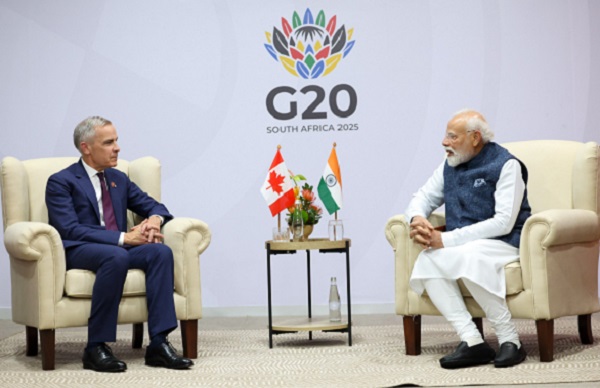.png)
June 25, 2025 at 3:13 PM IST
A recent research article by economists at the Reserve Bank of India has highlighted a structural feature of monetary policy transmission that is rarely discussed in policy discourse. Using firm-level data from 779 listed Indian manufacturing companies spanning two decades, the study finds compelling evidence that monetary policy has asymmetric effects across firms, primarily depending on the strength of their balance sheets.
Specifically, the so-called balance sheet channel plays a decisive role in determining whether and how firms invest following changes in interest rates. During periods of tight monetary policy, small and financially constrained firms tend to rely more heavily on internal cash flows to fund their investments, owing to reduced access to external financing. This sensitivity is far less pronounced among larger, more established companies.
The findings challenge the traditional view that changes in policy rates alone offer a full picture of transmission dynamics. While the repo rate may set the tone, it is the internal financial health of firms that determines whether investment follows.
The study shows that investment by small firms becomes significantly more sensitive to internal cash flow during tightening cycles. Larger firms, with access to deeper credit markets and more collateral, face fewer such constraints. This suggests that the effectiveness of monetary policy is conditioned not only by macroeconomic settings but also by micro-level financial asymmetries.
Such asymmetries are particularly relevant at a time when India’s investment revival increasingly depends on the performance of mid-sized and smaller firms. These enterprises play a vital role in manufacturing and job creation, but financial frictions more easily derail their capital spending decisions.
As the RBI refines its operating framework around tools such as the Standing Deposit Facility and variable rate reverse repos, the strength of corporate balance sheets may matter as much as liquidity injections or interest rate signals. Ensuring that firms have the internal capacity to respond to these signals is crucial to making policy effective.
Structural Insight
The study also reinforces the rationale behind post-pandemic macroprudential interventions. Efforts to de-leverage balance sheets, strengthen liquidity positions, and restore credit discipline appear to have laid the groundwork for more effective monetary transmission.
This calls for closer coordination between monetary and fiscal instruments. Measures such as credit guarantees, prompt GST refunds, or targeted liquidity windows may not only stimulate growth but also amplify the reach of monetary easing, particularly for firms that fall outside the formal credit mainstream.
The analysis further validates the use of cashflow metrics and Tobin’s Q as leading indicators for investment trends. Firms with healthier internal finances are more likely to respond to lower rates with capex, while those under strain may delay spending even during accommodative phases.
For investors and market participants, this study offers a valuable analytical lens. Rather than track repo rate changes in isolation, greater weight must be assigned to balance sheet indicators such as operating cash flows, debt ratios, and profitability trends. This is especially true in evaluating capital formation potential in small and mid-cap companies, where monetary policy pass-through remains uneven.
At a time when headline investment data show signs of revival, it is essential to ask whether this recovery is broad-based or disproportionately concentrated in firms with easier access to finance.
The evidence supports a more nuanced reading of India’s monetary policy transmission framework. Rate changes alone cannot determine investment momentum. Without financial readiness at the firm level, particularly among smaller enterprises, the impact of monetary signals may remain muted.
As India seeks to accelerate its investment cycle, strengthening the balance sheets of financially constrained firms will be as critical as managing interest rates. The balance sheet channel may not dominate policy commentary, but it increasingly shapes how policy is felt on the ground.




